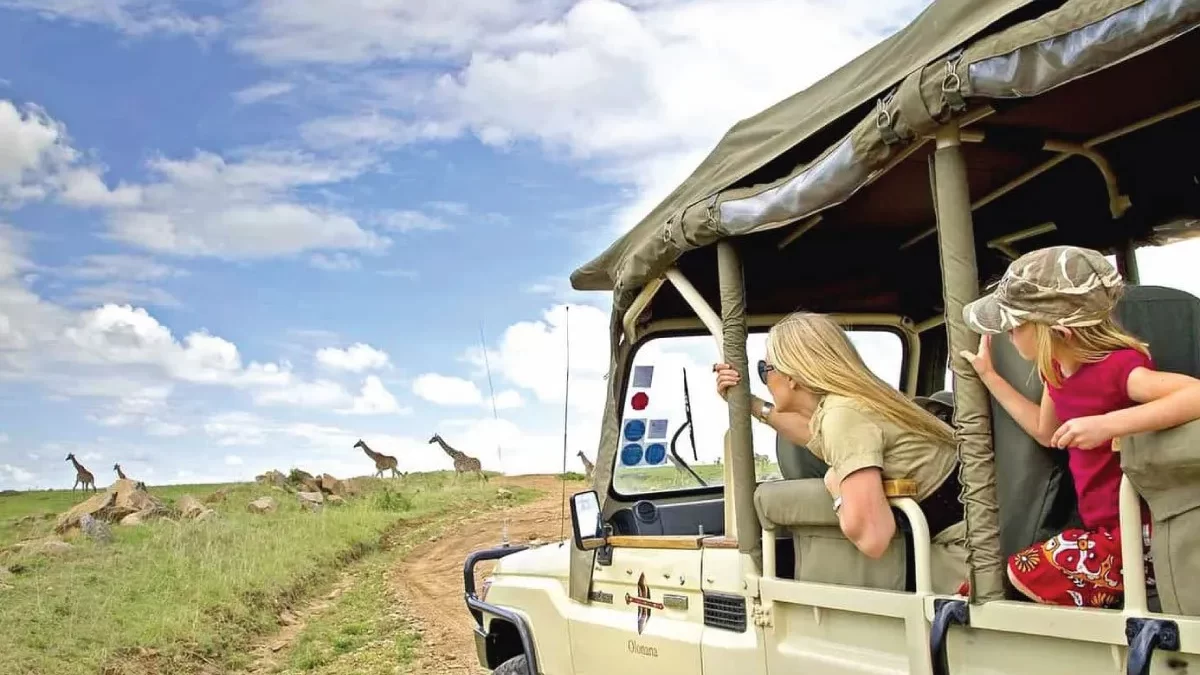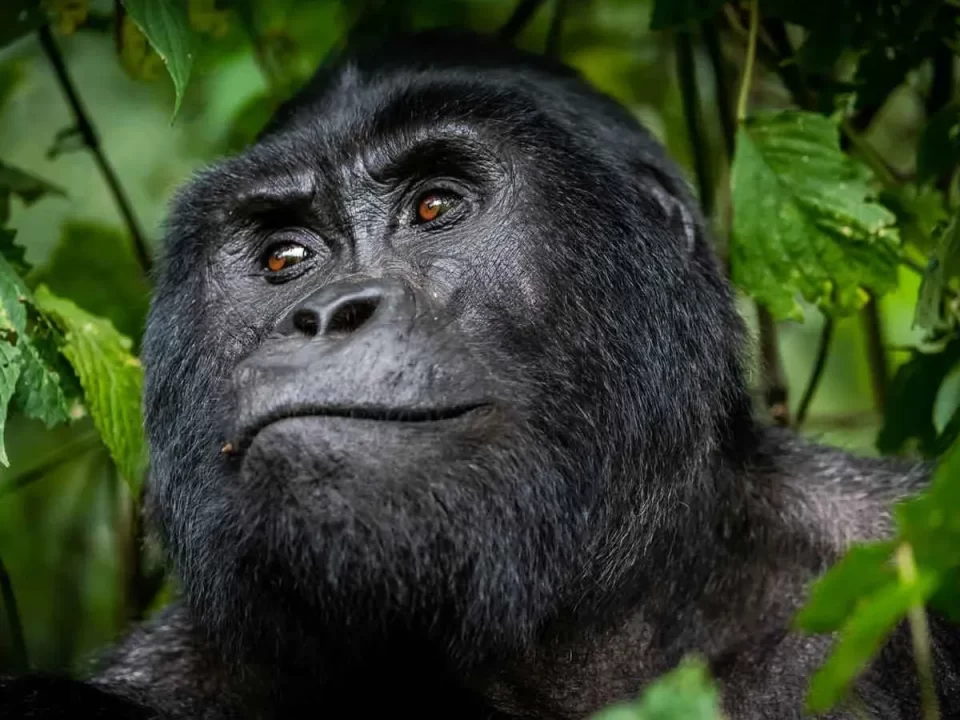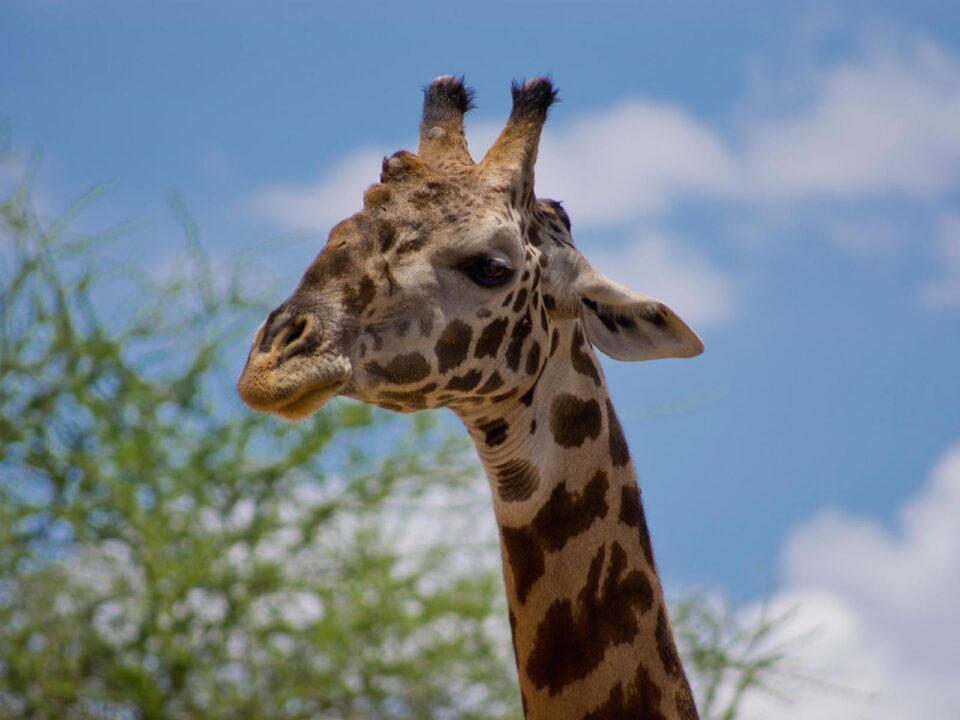Safety on an African Safari

Boat Safaris in Akagera National Park
February 26, 2024
Gorilla Trekking Experience in Uganda
February 26, 2024Ensuring Your Safety on an African Safari: Unraveling the Questions
Safety on an African Safari — Embarking on an African safari is a dream for many, a journey to witness the majestic wildlife in their natural habitat. Yet, the question looms: Is it safe to go on an African safari? This concern echoes through the minds of numerous travelers, envisioning encounters with lions and elephants in Namibia, Tanzania, and Botswana or gazing in awe at gorillas mere meters away in Uganda and Rwanda.
The allure of walking safaris in Kenya and the prospect of spending a night under the stars in a South African reserve captivate the imagination. As these awe-inspiring destinations offer close encounters with some of the world’s greatest, and potentially dangerous, animals, the safety of safaris becomes a paramount consideration.
While African safari deaths are exceedingly rare, the unpredictability of wild animals introduces inherent risks. Mitigating these risks involves choosing expert guides well-versed in safety procedures and familiarizing yourself with general safari rules. Trek Africa Expeditions, in collaboration with renowned camps and lodges, places safety as the utmost priority, drawing on decades of collective experience to ensure a secure and enriching safari experience.
Comprehensive Safari Safety Guide: Insights and Essentials
Delving into this comprehensive guide, we present insights from the experienced Trek Africa Expeditions Team, addressing crucial aspects of safari safety. From practical tips on what to wear and how to take a toilet stop to understanding animal behavior and spotting etiquette, this guide covers all facets of ensuring a secure and enjoyable safari experience.
What to Wear on Safari: Practical and Comfortable Choices
Choosing the right attire for a safari is pivotal to comfort and safety. Opt for comfortable, moisture-wicking fabrics to combat the heat. A hat and light, long layers shield against prickly plants, insects, and reptiles. Bringing a wettable bandanna or scarf provides relief in hot weather, and packing warm layers is essential depending on the season.
The choice of colors is a strategic consideration – avoid white, black, and bright colors that may startle animals. Instead, blend with the landscape by opting for dark green, brown, and khaki hues. The key is simple, comfortable clothing in neutral tones for an authentic safari experience.
Essentials to Pack for Safari Adventures: Beyond Clothing
Beyond clothing, certain essentials enhance your safari experience. Binoculars, a camera, torch or head flashlight, sunscreen, mosquito repellent, a reusable water bottle, a simple first aid kit, and a waterproof bag are among the must-haves. Sturdy footwear, portable chargers, extra memory cards for photography, and travel insurance complete the list, offering protection in the unlikely event of injuries, illness, or lost possessions.




